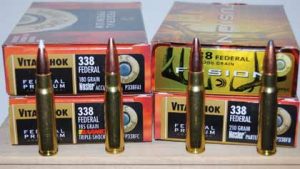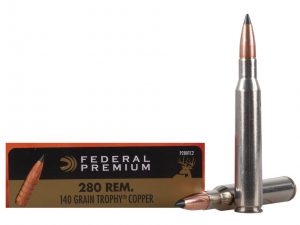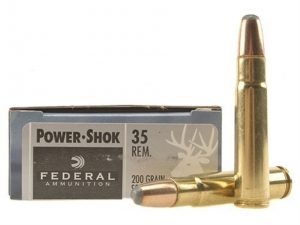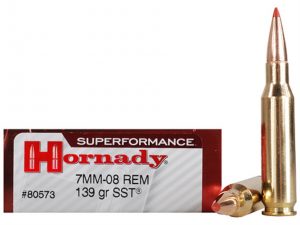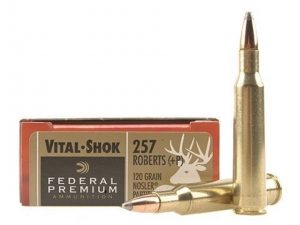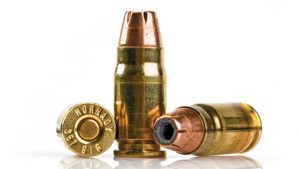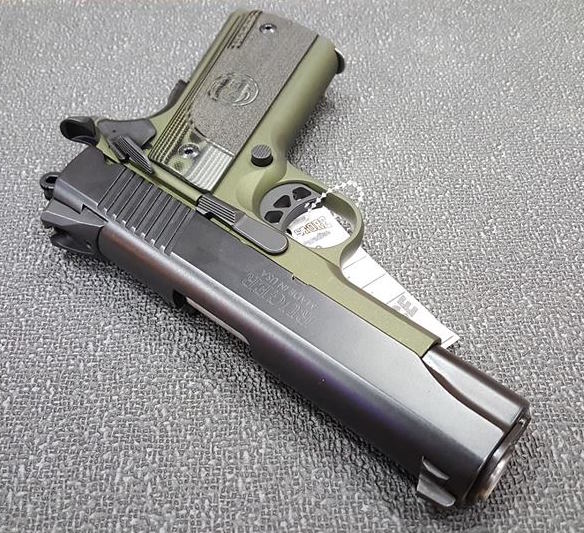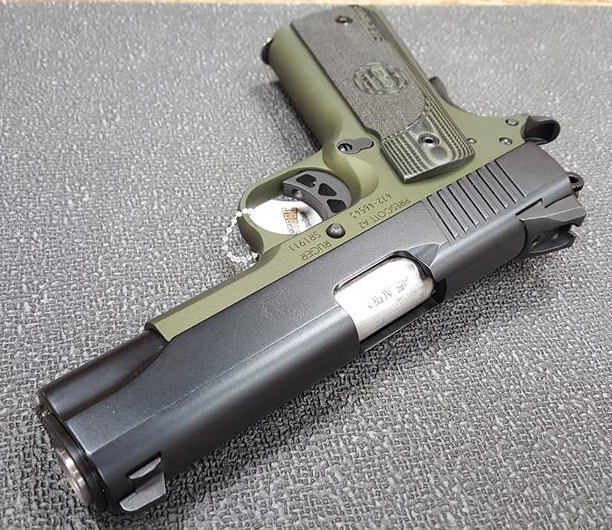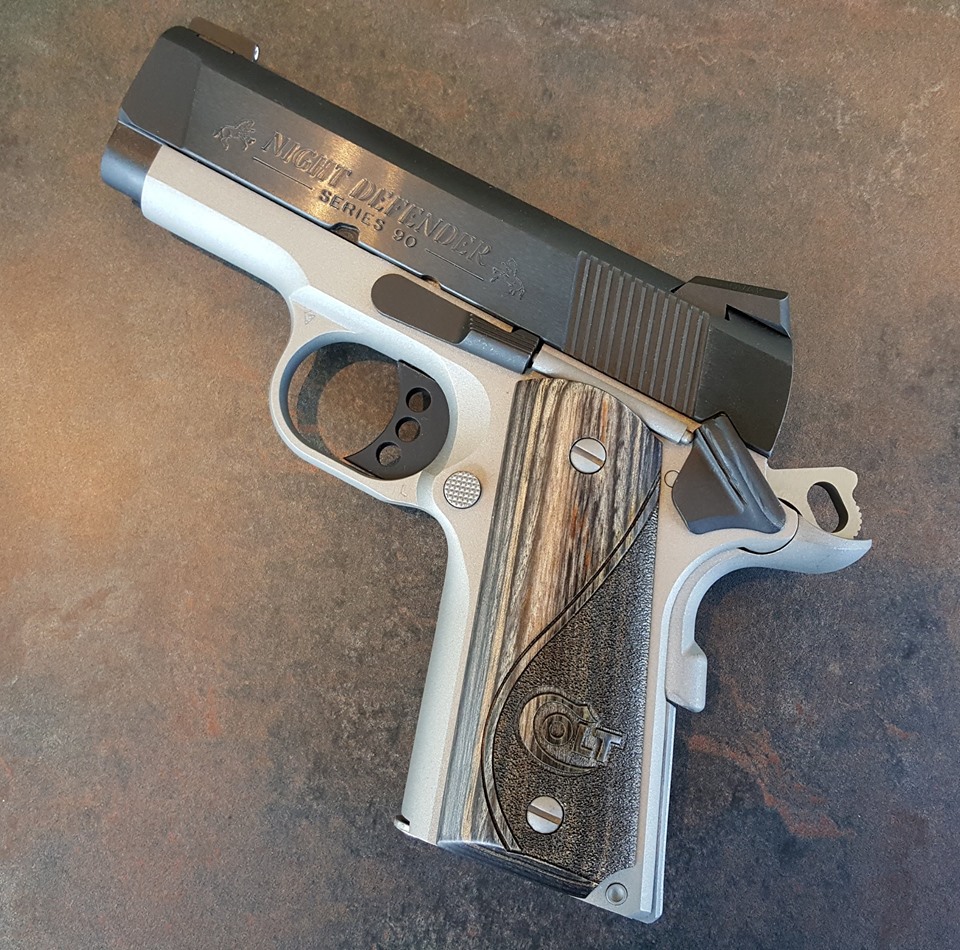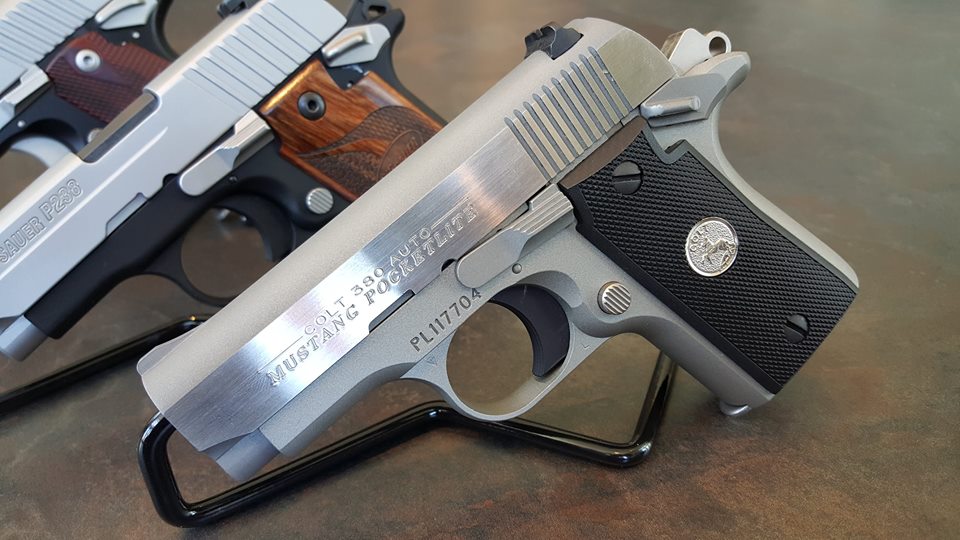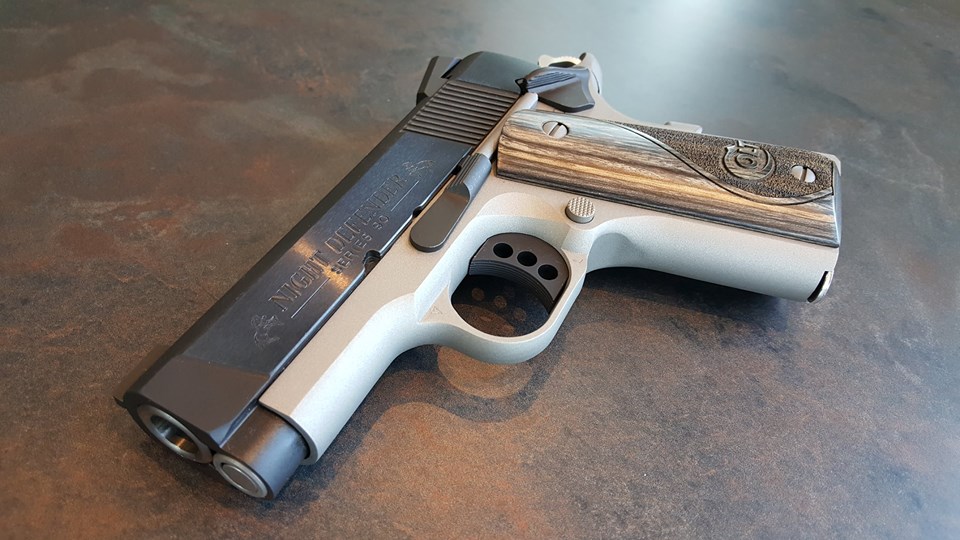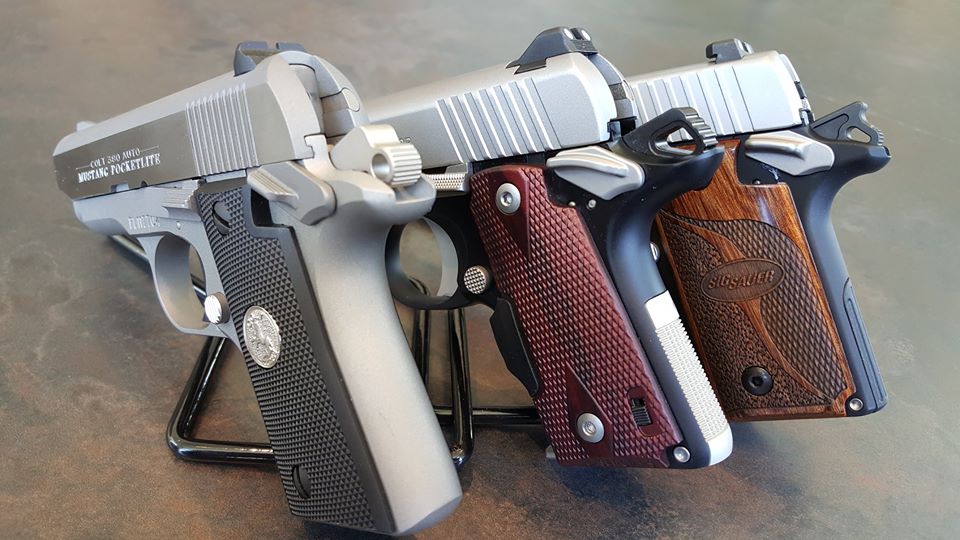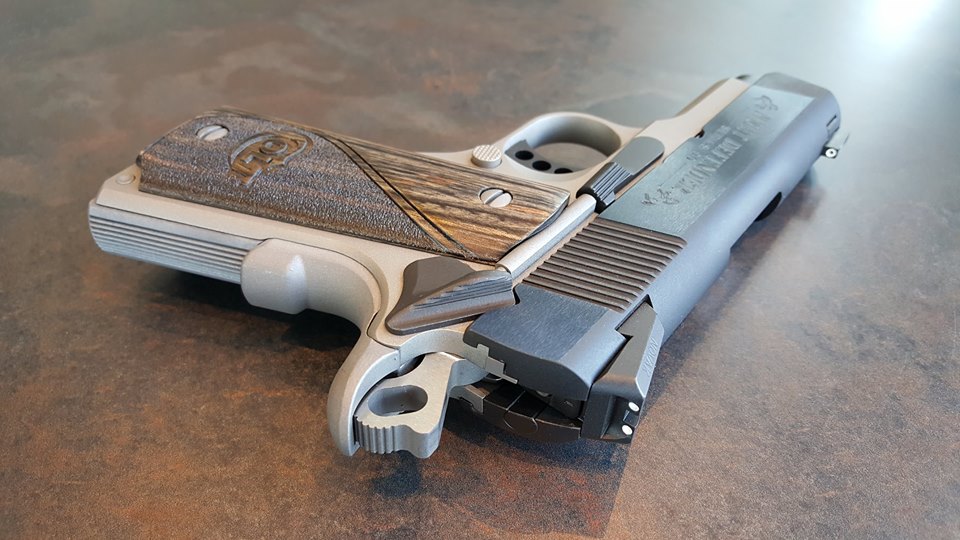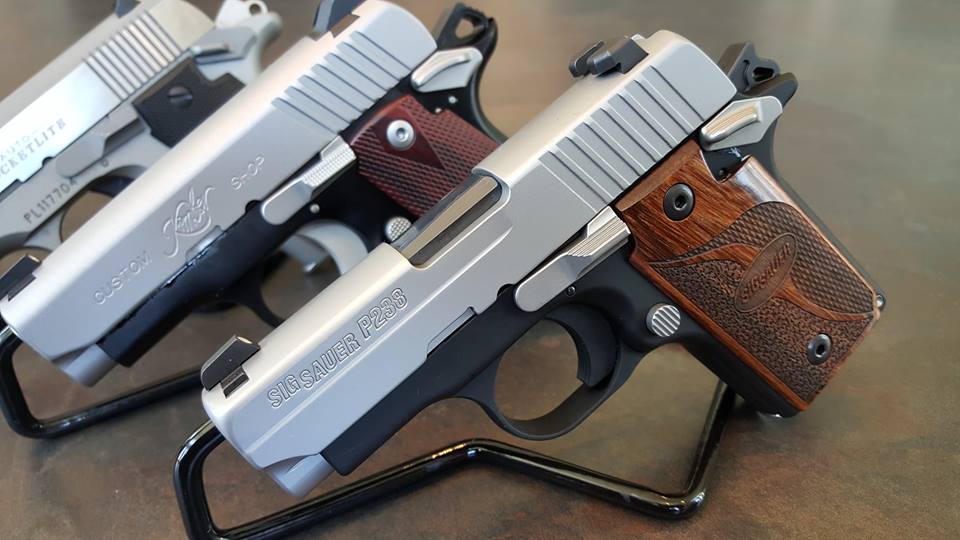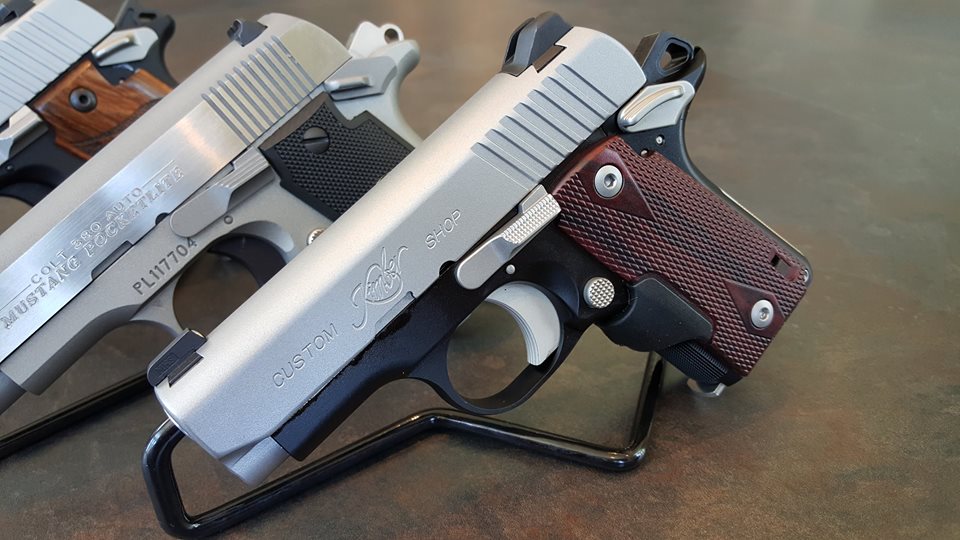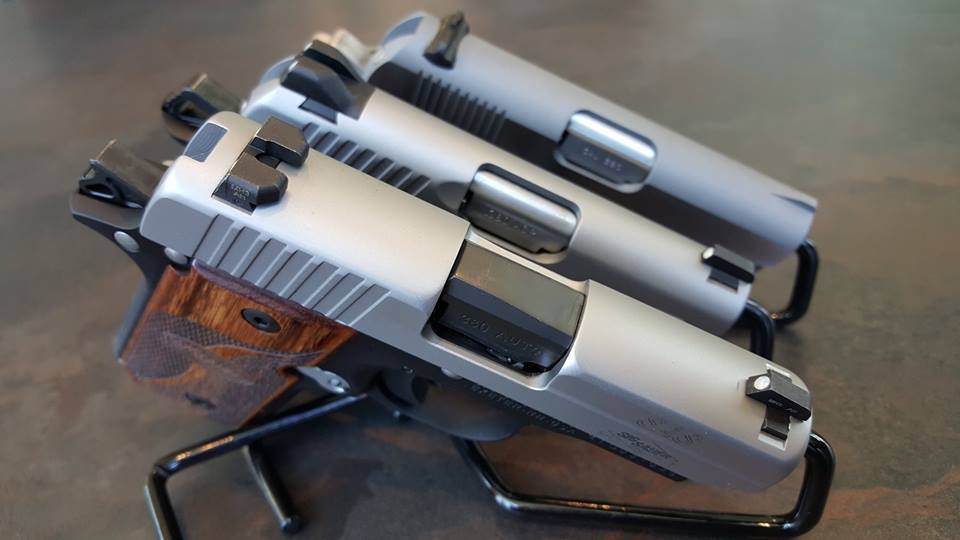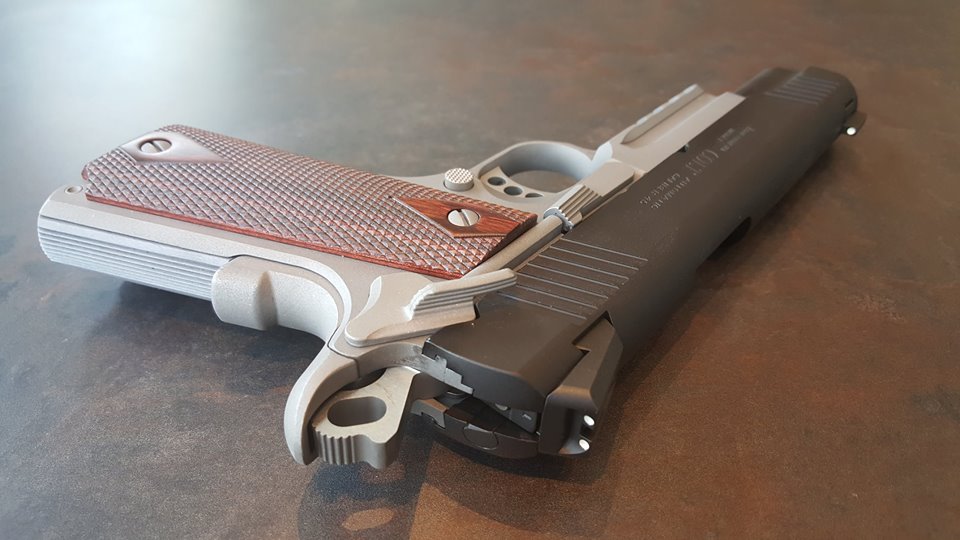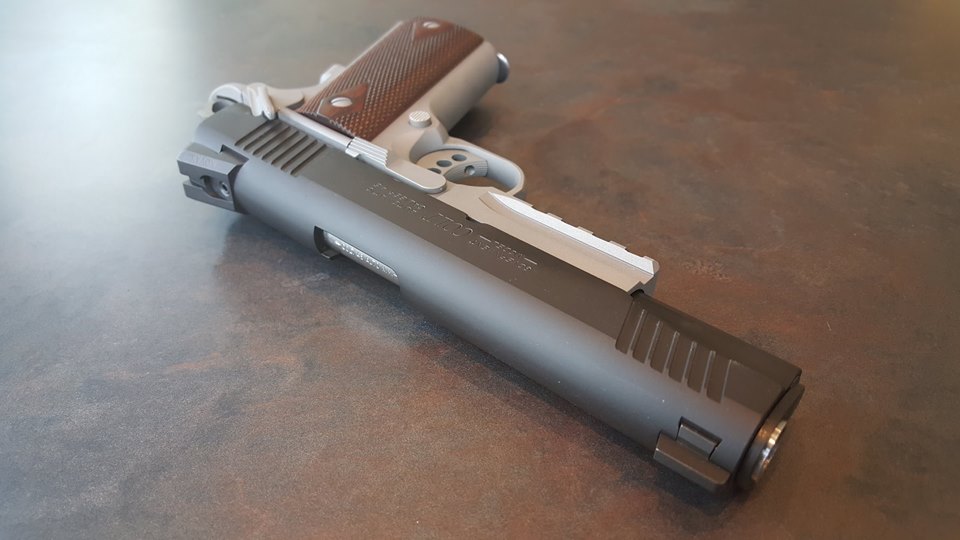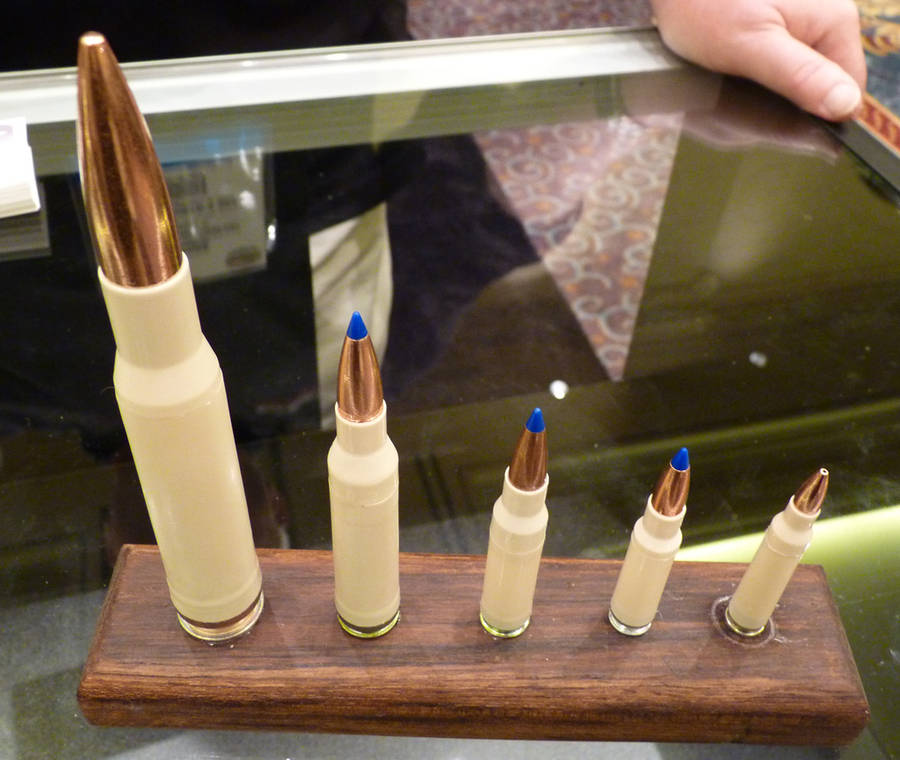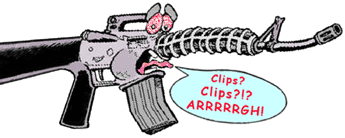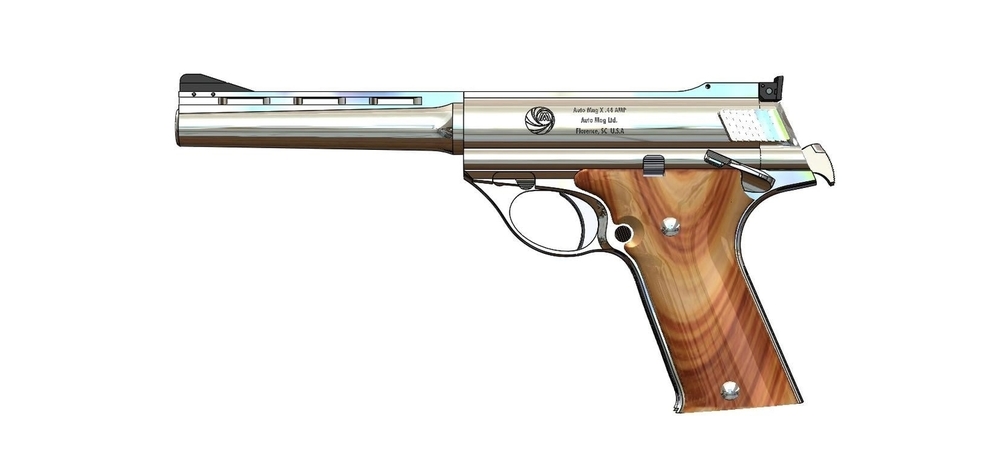 I got a press release from Laura Burgess Marketing that AUTO MAG is trying to make a come back. First thought was “Wow, that’s cool!” Followed up by the next thought, “They’ll fail again… Because the same conditions that caused them to fail the first time are only worse this time.”
I got a press release from Laura Burgess Marketing that AUTO MAG is trying to make a come back. First thought was “Wow, that’s cool!” Followed up by the next thought, “They’ll fail again… Because the same conditions that caused them to fail the first time are only worse this time.”
But is that true? What caused the Auto Mag’s failure back in the 80’s?
First, let’s talk about what the Auto Mag was. It’s whole point was to deliver a .44 caliber slug at .44 Magnum power, in an Automatic Pistol. The idea to make the .44 Magnum feed in an Automatic, was to give it a Rimless Case. To do this they used a .308 rifle cartridge, and cut it down to length, and there you go. This actually worked quite well. Unfortunately the ammunition was expensive back in the 80’s and is even more so now.
To handle the .44 Magnum level power in an automatic, the gun needed to be strong. They used a fixed barrel for Revolver like Accuracy… this limited the locking options. And since it needs a more robust locking mechanism, so they used a rotating bolt. We also see this in the Desert Eagle.
The design of the Auto Mag is interesting. It feels better in the hand than the Desert Eagle, more ergonomic. And it’s much better looking. But it’s also a complicated design and manufacturing it is a process that has more steps in it than other pistols…. which makes it a more expensive pistol to make. Back in the 80’s, they didn’t have the CNC milling technology like we have today. Even with that, there is a lot of hand fitting/finishing of the internal parts, and being a large pistol, requires a lot of material. So it’s going to remain an expensive pistol to produce.
Expensive to make. Expensive to shoot. This is not a pistol for everyone. This isn’t just Mercedes Benz level of handgunning… This is Maybach level. This is… Exclusive. Is there room at the SHOT Industry table for something more exclusive and expensive like this?
Absolutely.
Because it’s cool. See, outside of Food, Shelter, and Clothing… Men only spend money on Two Things. Sex and Violence. And the Auto Mag is a combination of both distilled into a handgun that is above the means of the every day common man. Like owning a Porsche 911 Turbo or dating a Super Model. It’s Mid Life Crisis that you can hold in your hands. It is designed to make everyone at the range envy you and want to be you. And unlike the Desert Eagle, it has no history of being gaudy like something a New Orleans Pimp would have. You’ll never see an Auto Mag in Gold Titanium Tiger Stripes. Because it doesn’t need that…. It doesn’t need the Bling. Because it’s one of those few things that are an instant Classic. And there is nothing else like it on the market. Comparing it to a Desert Eagle is like comparing a luxury yacht to a tug boat.
Auto Mag will sell every single gun they make.
But does that mean they will fail again? Because it’s exclusively priced… and ammunition is terribly expensive… Few people will be able to get one. And you don’t want a company to crank out as many as they can produce only to sit in stockpile. For the company to succeed, they will have to stay small… And keep the production tight to keep overhead down. Success or Failure is going to depend on Management, not Marketing. Since they are the only ones making anything like this. It’s their game to win or lose… and that’s going to be an internal struggle, not external.
Suggestions for Auto Mag:
1. Offer a Blued Steel version.
2. Don’t do Distributors… Go Customer & Dealer Direct to maximize your profits for the first 5 years. Or longer.
3. Don’t look at how other gun companies market. Look at how Omega and Breitling Watches markets. Your customers are going to be their customers. You’re going to be exclusive as hell… so be exclusive.

